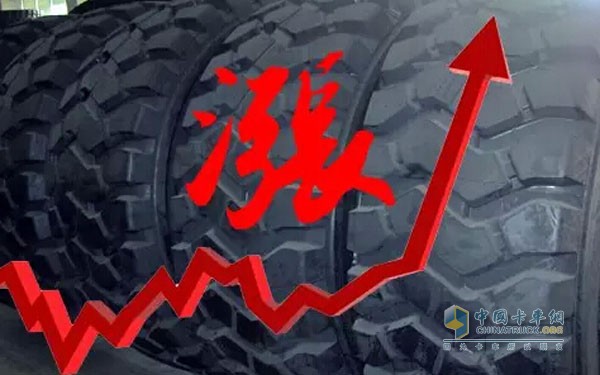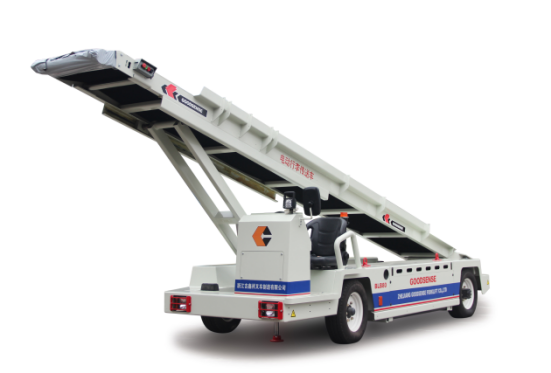Cost increases in July tire prices have become inevitable
Since 2015, the prices of natural rubber and general-purpose synthetic rubber, the main raw materials for tire production, have shown a slight upward trend. In particular, the price of styrene-butadiene rubber began to rebound after reaching the bottom in January 2015. The average monthly price in June was 10,770 yuan/ton, an increase of 1,364.57 yuan/ton from January, an increase of 14.51%. The price of butadiene rubber rose from 8,672.83 yuan/ton in January to 10,880 yuan/ton in June, an increase of 25.45%. The increase in natural rubber was slightly smaller at 10.94%. The rising cost has suppressed the profitability of tire factories. At present, the price of three sub-category is close to the cost line, and the profit space is continuously shrinking. However, due to the pressure of sluggish market demand, although the prices of raw materials have risen in recent months, tire prices have repeatedly failed to raise prices. They have been hovering at low levels, and some manufacturers have even continued to lower prices or snatch up markets in the form of promotions. The implementation of the new standard for compound rubber has brought more difficulties to some tire factories. The rubber compound rubber content for tire factories is now 95%-99.5%. If the new standard is implemented, the raw rubber content in the compound glue will be reduced to 88%. For rubber processing plants in Southeast Asia, they lack the internal mixer settings. The quality of the compound glue manufactured with reference to the new standard is very poor, the raw rubber content is different, and the carbon black is unevenly distributed. At present, the rubber processing plant in Southeast Asia is basically not available. The ability to produce 88% raw rubber content compound glue. If a mixer is added at the end of the Southeast Asian rubber processing plant, it will undoubtedly increase the production cost and disguise the purchasing costs of the tire companies in a disguised manner, thereby weakening the product price advantage. For the tire factory, if the new standard of compound glue is adopted, the complexity of the processing and use of tire companies will be greatly increased due to the drastic reduction of raw rubber content. The compound formulation and process control of tire components must be re-extensively tested and adjusted, and finished tires must be re-tested. And tires are the safety components of cars, so they have to go through relevant certifications and audits by car manufacturers. This adjustment will take quite a long time. The second is to increase the factory's management costs. In addition, if you continue to purchase the existing 95% - 99.5% natural rubber content of the compound glue, it will be regarded as the original glue, with a toll of 1,500 yuan/tonne for each ton of import, and 1.5 million ton 1,500 yuan/ton for the import in 2013. Tons of tariff calculations, Chinese tires also have to pay 2.25 billion yuan in tariffs for imported rubber, and tire production costs will increase substantially. For domestic tires, the tire market has also been eager to “grow up†this year due to the rising cost of natural rubber and synthetic rubber. The continuous price reductions in the last two years have caused the manufacturers to lose more sales, and some manufacturers have made ends meet. However, most price-cutting manufacturers are not due to the decline in the cost of real raw materials, and more are not to lose market share in cooperation with other manufacturers. Synchronous behaviors are mostly involuntary. The New Rubber Compound is a unified New Deal within the industry. The degree of influence and popularity of the industry is relatively high. To a certain extent, it is to use the strength of the state to sign a reasonable price increase reason for these companies. The production companies are looking for opportunities for such a turnaround. With less, it will not give up using the new baptism in the industry to save the lost profits. Another point is that despite the overcapacity and fierce competition in the industry, but from the lessons learned from the bankruptcy of individual manufacturers, the breakage of the capital chain will prevent the possibility of all development, and the source of current funds need to have a solid and reliable profit to ensure . Therefore, the price increase is still possible to achieve, and at most only different manufacturers have different gains. “There are no merchants who are willing to do business to lose money†is the main reason why everyone worried about quality after prices have gone up. It is an established fact that the increase in tire production costs will be new. The increase in cost is a new problem in production for any manufacturer. If the manufacturers themselves are really willing to bear the cost increase problem, it is a good thing for the downstream consumer groups, but if it is to reduce If raw material input costs to control cost growth, the stability of output quality will be greatly affected. In the past two years, prices have continued to decline, and there have been a few brands with declining tire quality and weight. Actually, the cost pressures of rising raw materials and the impact of a small number of manufacturers have risen, and the mind is somewhat active. In addition, the inventory of some non-three-bag tire companies is generally not high this year, and some of the best-selling patterns are even more in short supply. The price increase may be. As for the three-pack tires, although everyone understands that poor market demand is the main reason for the failure to purchase secondary products and retail products, price increases are less likely to stimulate the market and are less likely to solve problems. However, this year's rise in prices of natural rubber and synthetic rubber has caused a certain cost pressure on manufacturers. In addition, the agents are disgusted with the price reductions of tires in the past two years, and psychologically hope that the price increase will lift the tires from falling and falling. The curse, and the implementation of the new standards for compound glue may be a good excuse.
Goodsense Self-Propelled Conveyor Belt Loader advantages:
The BLB88 Self-propelled Conveyor Belt Loader is a perfect solution for handling all types of aircraft as reasonably and beautifully designed ground support equipment.
Product Highlights:
Wide lifting range and strong carrying capacity.
Simple structure, high technical, reliable quality.
The advanced technology ensures the high efficiency strong power, automatic transmission, strong stability, and easy operation.
Equipped with emergency evacuation hand pump.
General
Model
BLB88
Power Type
Electric
Max Transmission Unit
kg
350
Max Transmission Capacity
kg
1200
Overall Length
mm
8000
Overall Width
mm
2120
Height
mm
1500
Wheelbase
mm
3000
Travel Speed (No Load)
km/h
28
Wheel Thread (F/R)
mm
1710/1695
Transfer Length
mm
7650
Transfer Width
mm
870
Transmission Speed
mm/s
160-500
Transfer Extended Height (F/R)
mm
4100/1260
Transfer Lowered Height (F/R)
mm
1180/880
Application Area:
1.Airport
If you have any other questions,please contact us directly.Our forklift are all with high quality,and you can choose any other engine to equip.It can be produced according to your idea.And we invite you to visit our factory.
Self-propelled Conveyor Belt Loader Self-Propelled Conveyor Belt Loader,Portable Transmission Loader,Conveyor Belt Loader,Flat Belt Converyor ZHEJIANG GOODSENSE FORKLIFT CO.,LTD , https://www.goodsenseforklift.com
Cost increases in July tire prices have become inevitable
